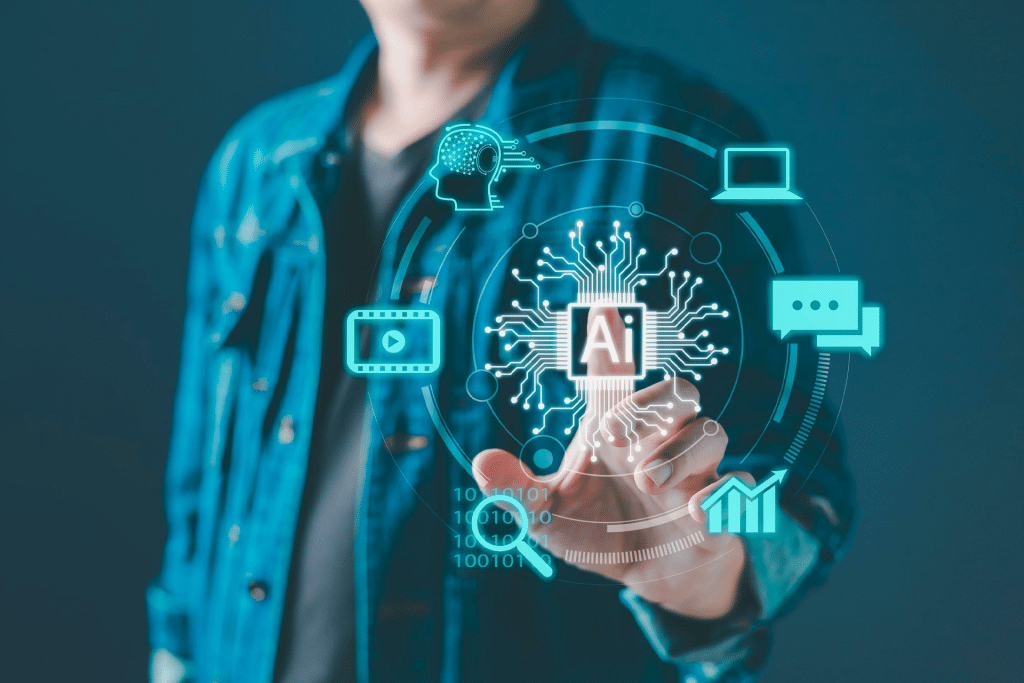Big Tech AI spending is set to skyrocket. According to a new Citigroup report, the world’s largest technology companies could collectively invest more than $2.8 trillion in artificial intelligence by 2029. That figure highlights the scale of the AI arms race, with Apple, Google, Amazon, Microsoft, Meta, and others pouring unprecedented resources into building infrastructure, models, and ecosystems around generative AI.
The report suggests this level of investment will reshape not only the technology industry but also global finance, labor markets, and even geopolitics. Yet Citigroup’s forecast also raises questions about sustainability: Can the returns from AI justify such colossal outlays?
A Spending Surge Without Precedent
Citigroup analysts describe the pace of AI-related spending as unlike anything the sector has seen. Investments include data centers, chips, energy systems, research labs, and acquisitions. For comparison, total global spending on cloud infrastructure between 2015 and 2020 was a fraction of the AI budgets now being projected for the next five years.
The report warns that competition among Big Tech firms is fueling a “spend-first, monetize-later” mentality. Each company fears that falling behind could leave them shut out of markets that may define the next generation of computing.
Where the Money Is Going
Most of the projected trillions will flow into infrastructure — vast data centers powered by advanced chips from Nvidia, AMD, and increasingly in-house designs like Apple’s M-series and Google’s TPUs. Energy consumption is another major factor, with AI workloads demanding new investment in green power and cooling systems.
On the software side, spending will target scaling large language models, developing consumer-facing AI products, and embedding intelligence into existing services. Enterprise adoption, from finance to healthcare, is expected to be one of the biggest growth drivers.
Risks and Unknowns
Citigroup’s forecast is bullish, but not without caveats. The report notes that revenue models for generative AI remain uncertain. While companies like Microsoft and Google are already layering AI into productivity software, questions persist over whether consumer demand can support the cost of training and running massive models.
There are also regulatory uncertainties. Governments in the U.S., EU, and Asia are drafting AI rules that could affect how quickly companies can deploy new systems. Rising concerns over misinformation, intellectual property, and data security may slow adoption or raise compliance costs.
The Wider Impact
If Citigroup’s numbers are accurate, AI will soon rival or surpass entire sectors of the global economy in terms of capital investment. The spending race could accelerate demand for semiconductors, renewable energy, and skilled labor in machine learning and engineering. At the same time, critics warn of potential imbalances, as a handful of companies consolidate control over the world’s most powerful computing platforms.
What Comes Next
The headline number — $2.8 trillion by 2029 — is only part of the story. Citigroup’s full report delves into company-by-company projections, regional disparities, and scenarios for how quickly AI could return profits at scale. Some of the most revealing insights, including how Apple and other consumer tech players fit into this trillion-dollar race, will be covered in depth in this Friday’s AppleMagazine digital issue.
For now, the forecast serves as a stark reminder: AI is not just another technology trend. It is shaping up to be the most expensive gamble in the history of modern computing.
